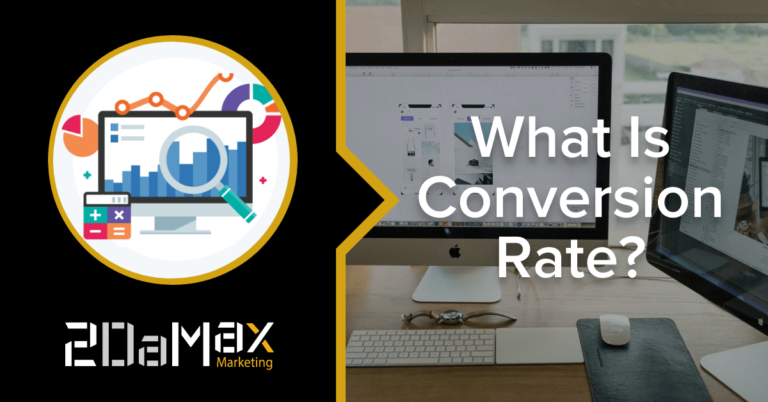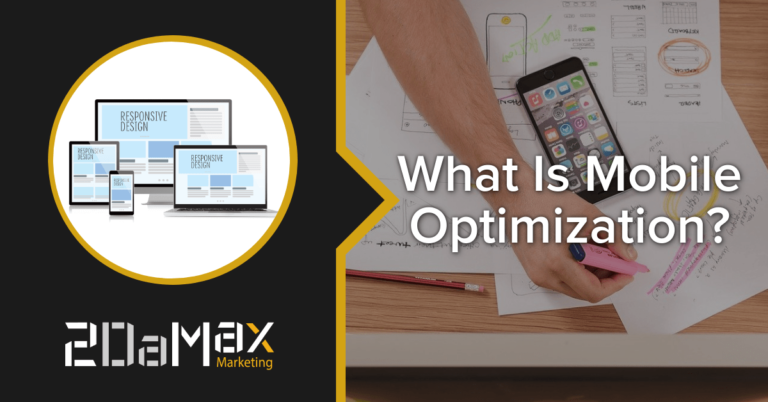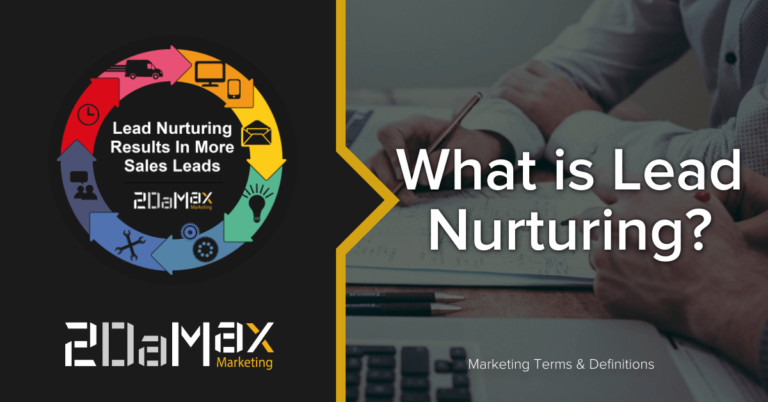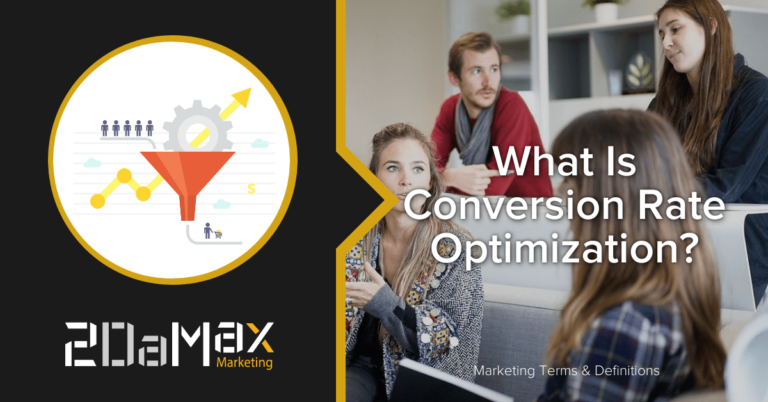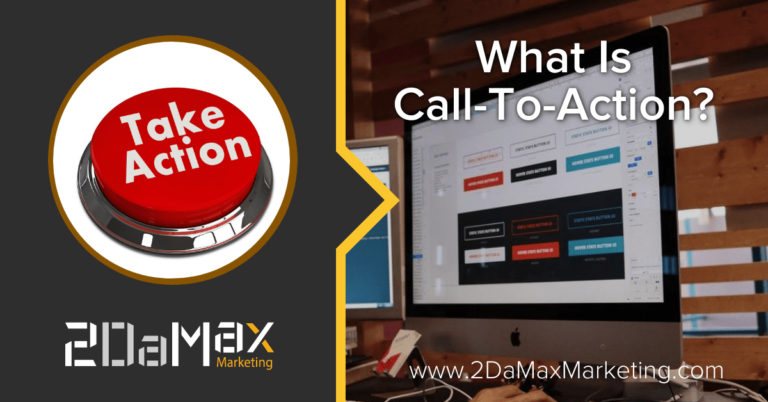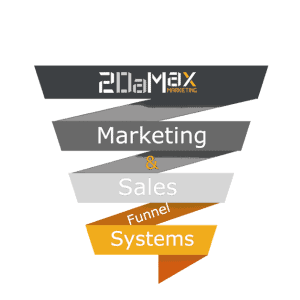User Interface (UI)
The term “ user interface” (UI) refers to how a person interacts with an application or website. The user interface includes the visual components that people see on a computer screen, such as icons, menus, and images, and how a person clicks, drags, or types on a computer keyboard or touchscreen.


